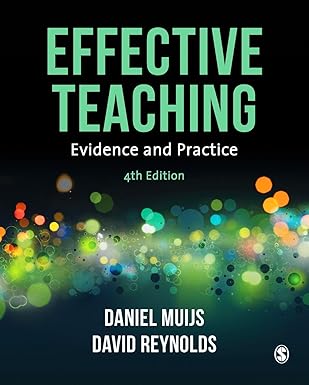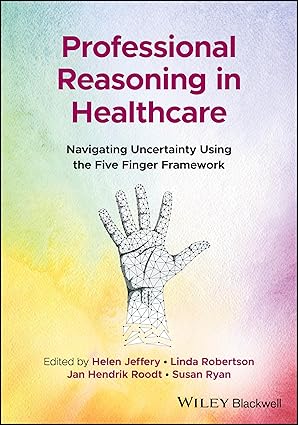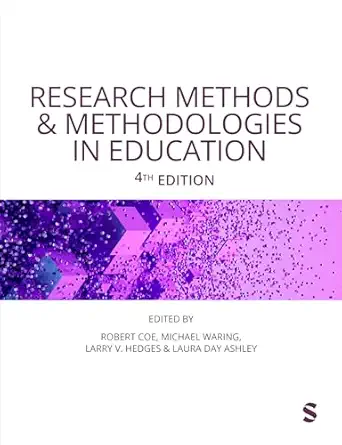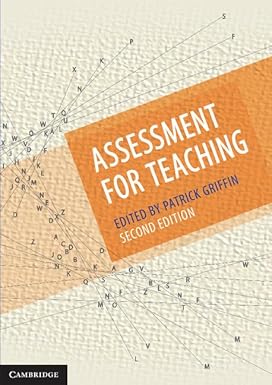Historically Informed Performance, or HIP, has become an influential and exciting development for scholars, musicians, and audiences alike. Yet it has not been unchallenged, with debate over the desirability of its central goals and the accuracy of its results. The author suggests ways out of this impasse in Romantic performance style.
In this wide-ranging study, pianist and scholar Andrew John Snedden takes a step back, examining the strengths and limitations of HIP. He proposes that many problems are avoided when performance styles are understood as expressions of their cultural era rather than as simply composer intention, explaining not merely how we play, but why we play the way we do, and why the nineteenth century Romantics played very differently. Snedden examines the principal evidence we have for Romantic performance style, especially in translation of score indications and analysis of early recordings, finally focusing on the performance styles of Liszt and Chopin. He concludes with a call for the reanimation of culturally appropriate performance styles in Romantic repertoire.
This study will be of great interest to scholars, performers, and students, to anyone wondering about how our performances reflect our culture, and about how the Romantics played their own culturally-embedded music.
چکیده فارسی
اجرای اطلاعات تاریخی یا HIP، به یک پیشرفت تأثیرگذار و هیجان انگیز برای محققان، موسیقی دانان و مخاطبان تبدیل شده است. با این حال، بحث بر سر مطلوبیت اهداف اصلی و صحت نتایج آن بدون چالش نبوده است. نویسنده راه هایی را برای خروج از این بن بست در سبک اجرای رمانتیک پیشنهاد می کند.
در این مطالعه گسترده، اندرو جان اسندن، پیانیست و محقق، قدمی به عقب برمیدارد و نقاط قوت و محدودیتهای HIP را بررسی میکند. او پیشنهاد میکند که وقتی سبکهای اجرا بهعنوان تجلی دوران فرهنگیشان درک میشوند و نه صرفاً بهعنوان مقصود آهنگساز درک میشوند، از بسیاری از مشکلات اجتناب میشود، و توضیح میدهد که نه تنها چگونه مینوازیم، بلکه توضیح میدهد که چرا ما به شیوهای که مینوازیم، و چرا رمانتیکهای قرن نوزدهم بسیار متفاوت بازی میکردند. . اسندن شواهد اصلی ما برای سبک اجرای رمانتیک را بررسی می کند، به ویژه در ترجمه نشانه های امتیاز و تجزیه و تحلیل ضبط های اولیه، در نهایت بر سبک های اجرای لیست و شوپن تمرکز می کند. او با فراخوانی برای احیای سبک های اجرای مناسب فرهنگی در مجموعه رمانتیک به پایان می رسد.
این مطالعه برای محققان، نوازندگان، و دانشآموزان بسیار جالب خواهد بود، و هر کسی که در مورد اینکه چگونه اجراهای ما فرهنگ ما را منعکس میکند و اینکه رمانتیکها چگونه موسیقی فرهنگی خود را نواختند، تعجب میکند.
ادامه ...
بستن ...










